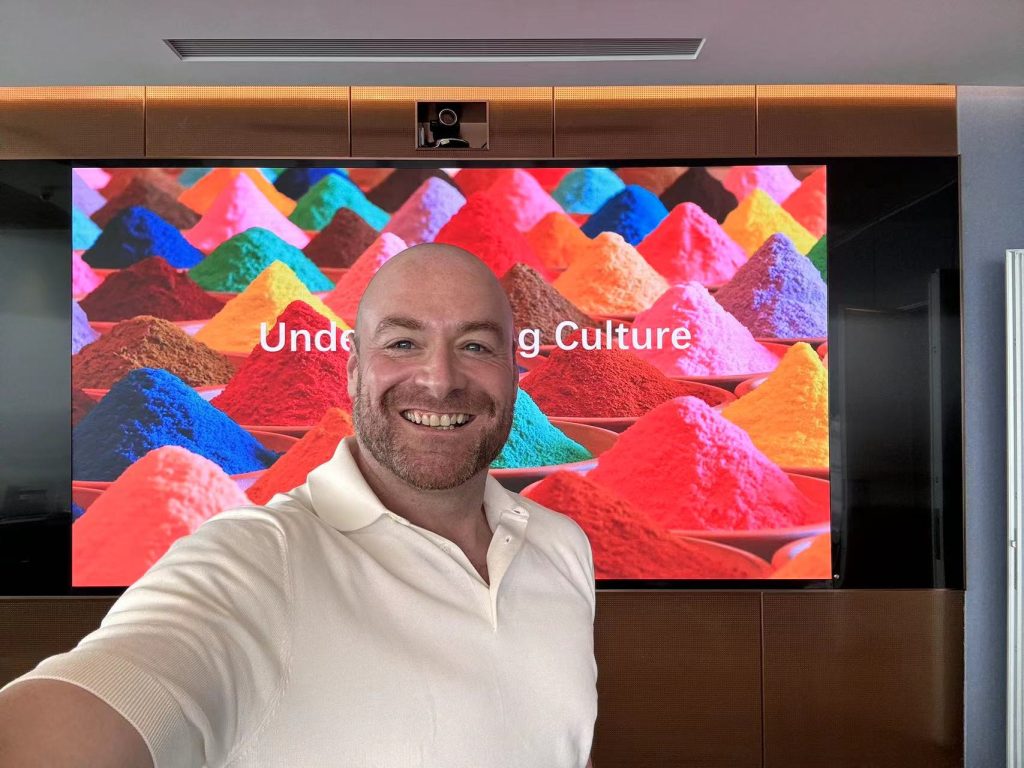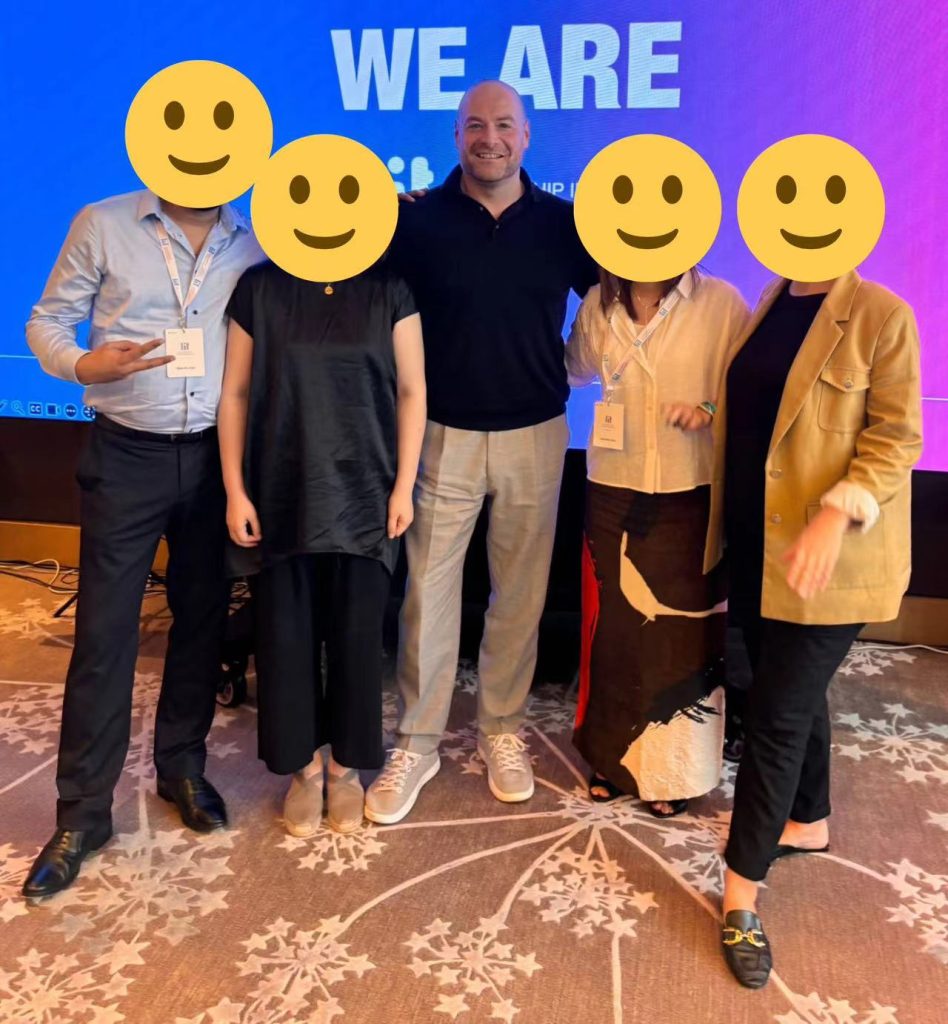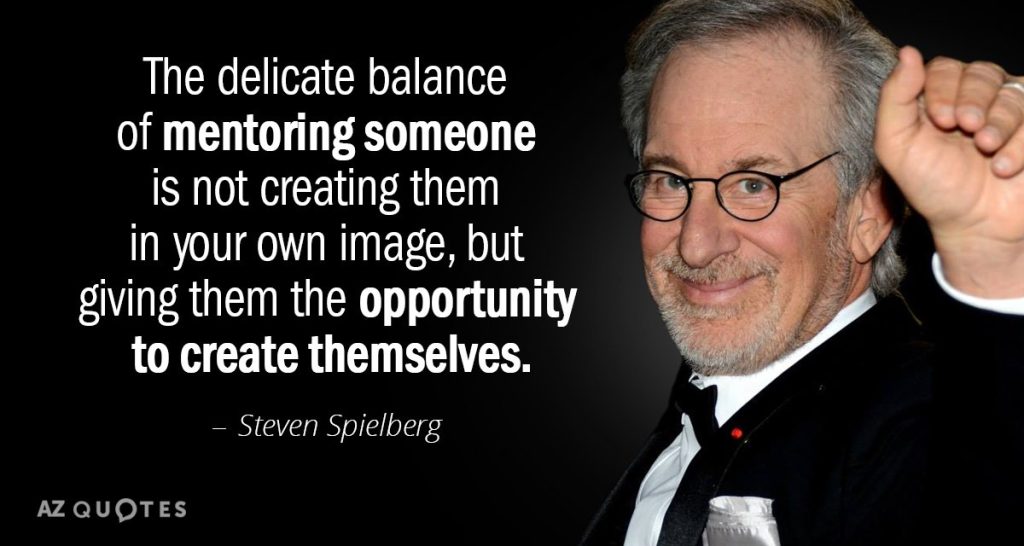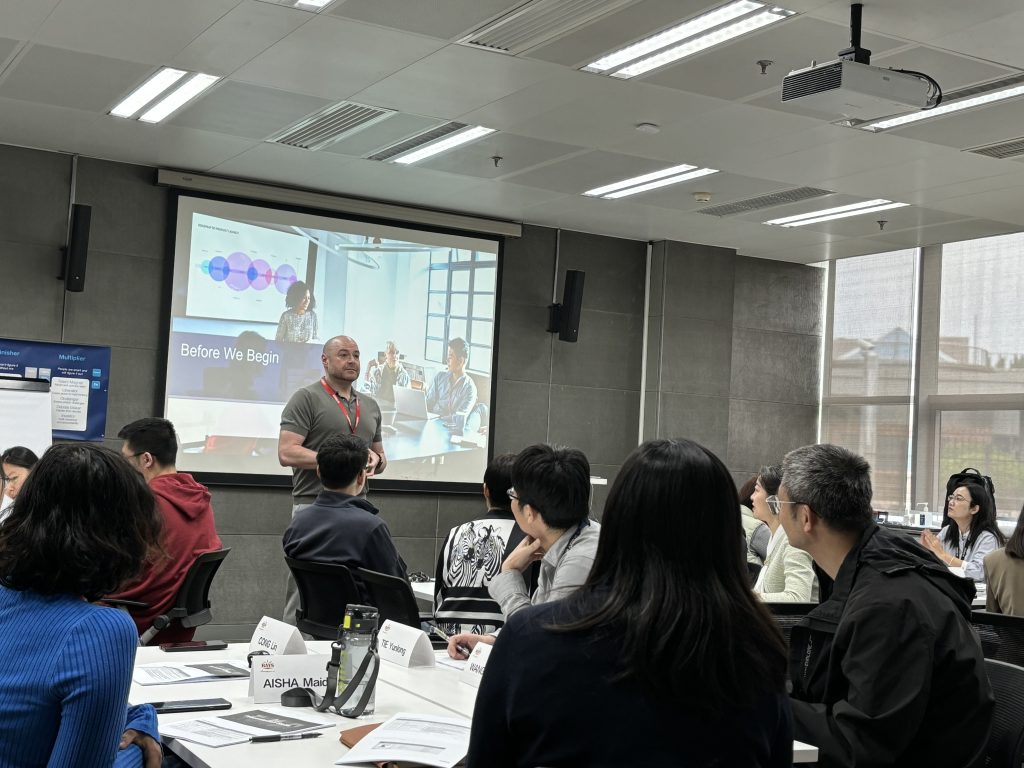Mastering Cross-Cultural Communication: Insights from Our Recent Shanghai Workshop
In today’s workplace, effective cross-cultural communication is more crucial than ever. Recently, I had the privilege of conducting a workshop in Shanghai for 35 HR and L&D professionals. This diverse group came from various industries and collaborated with global teams, yet they all faced similar challenges when it came to cross-cultural communication. During our discussions, it became clear that these challenges are universal, affecting everyone working in international environments. At the heart of our workshop was the AAA model, a powerful framework designed to enhance cross-cultural communication. The model comprises three key elements: Awareness, Appreciation, and Adaptation. Let’s look into each component and explore how you can apply them to thrive in a multicultural setting. 1. Awareness: Know Yourself and Recognize Differences The first step in the AAA model is Awareness. To communicate effectively across cultures, it’s essential to understand your own cultural background, biases, and attitudes. This self-awareness enables you to recognize how your cultural perspective influences your interactions with others. 2. Appreciation: Understand and Value Differences The second element, Appreciation, involves understanding and valuing cultural differences. This step requires empathy and an open mind. 3. Adaptation: Flexibility in Communication The final component, Adaptation, is about being flexible and adjusting your communication style to bridge cultural gaps. Tips for Thriving in a Cross-Cultural Environment Cross-cultural communication is not just a skill but an ongoing journey of learning and adaptation. By embracing the AAA model—Awareness, Appreciation, and Adaptation—you can enhance your ability to connect with colleagues from diverse backgrounds and achieve greater success in your global interactions. For more insights on enhancing your professional skills and fostering effective communication, check out my recent blog posts: By incorporating the AAA model and these practical tips, you can master cross-cultural communication and thrive in today’s diverse and interconnected world. Notice: JavaScript is required for this content.
Mastering Cross-Cultural Communication: Insights from Our Recent Shanghai Workshop Read More »










